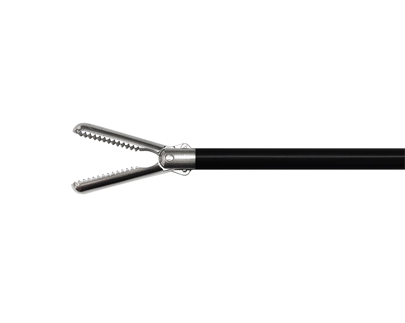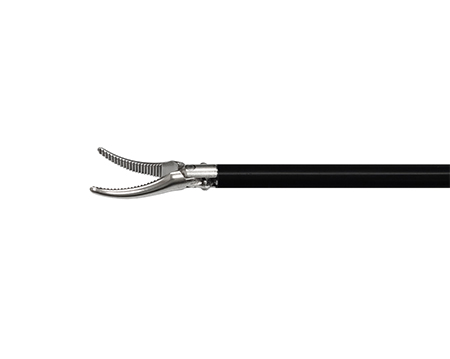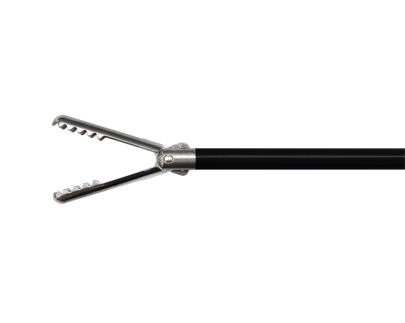The Clinical Importance of Ergonomic Laparoscopic Instruments
1. Understand laparoscopic instruments
There are many basic instruments for laparoscopic instruments, mainly including laparoscopic lens, separating forceps, atraumatic forceps, Veress needle, large grasping forceps, electrocoagulation hooks used under laparoscopy, bipolar electrocoagulation, ultrasonic scalpel and one-time Sexual cutting closers, etc. Wherein the laparoscopic lens is connected to the monitor, which can provide images during the operation in real time. Separating forceps are mainly used to separate tissues, while non-invasive forceps are more suitable for clamping tissue organs, such as gallbladder, intestines, liver, etc., with less damage. Coagulation hook and bipolar coagulation are mainly used to cut off tissue and prevent bleeding. Large grasping forceps can be used to remove excised tissues and organs, such as the gallbladder.
2. Ergonomics of laparoscopic instruments and the importance of tactile feedback
Tactile feedback is greatly reduced in laparoscopic surgery compared to open surgery. The introduction of enhanced tactile feedback in laparoscopic instruments may well improve surgical safety and efficiency. During the design of laparoscopic graspers with enhanced tactile feedback, handle design should be addressed for optimal usability and comfort. In addition, the surgeon's perception of the potential benefits of tactile feedback should be assessed to determine the clinical significance of enhanced tactile feedback. The high prevalence of physical discomfort directly related to laparoscopic instruments remains relevant among laparoscopic surgeons. Furthermore, surgeons of different disciplines recognize the need for tactile feedback in laparoscopic surgery. Both patients and surgeons may benefit from implementing enhanced tactile feedback in laparoscopic instruments.
In laparoscopic surgery, tactile feedback should allow surgeons to sense the interaction forces between instruments and tissues. This is informative information on the accurate regulation of tissue manipulation forces and identification of tissue features. In open surgery, the surgeon is able to manipulate tissue directly with the gloved hand; ie, the surgeon directly perceives tactile feedback. In contrast, during laparoscopy, the surgeon can only manipulate tissue indirectly due to interference from instruments, which are inserted through small incisions. Thus, tactile feedback is greatly reduced in laparoscopic surgery compared to open surgery. This is mainly caused by friction inside the instrument and the dynamic nature of laparoscopic surgical devices. Introducing enhanced tactile feedback to laparoscopic instruments may benefit surgical safety and efficiency.



